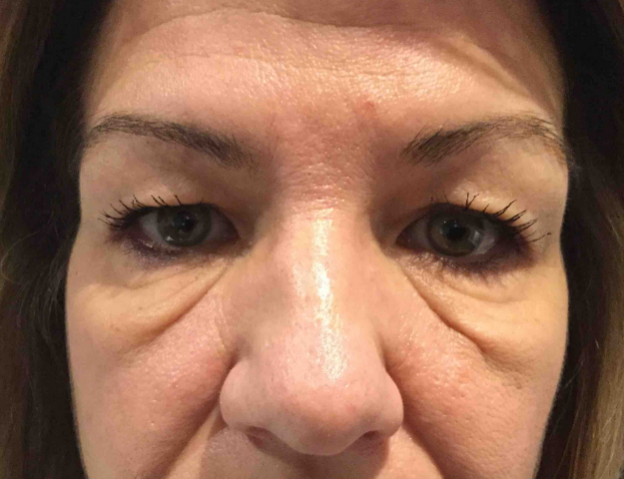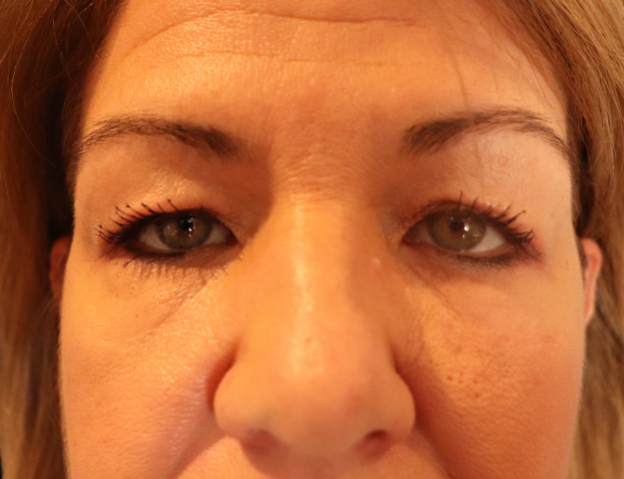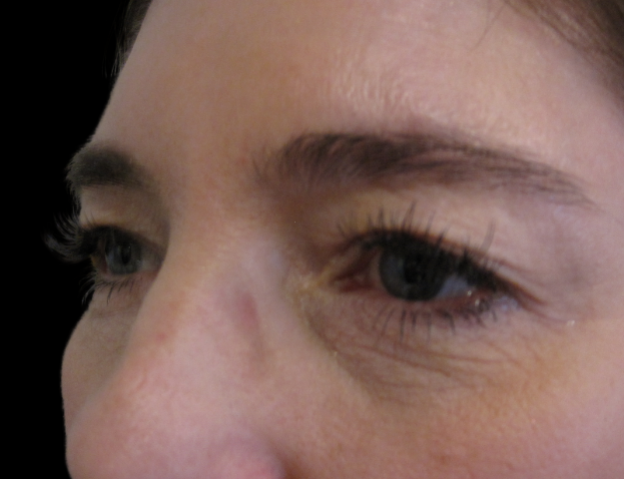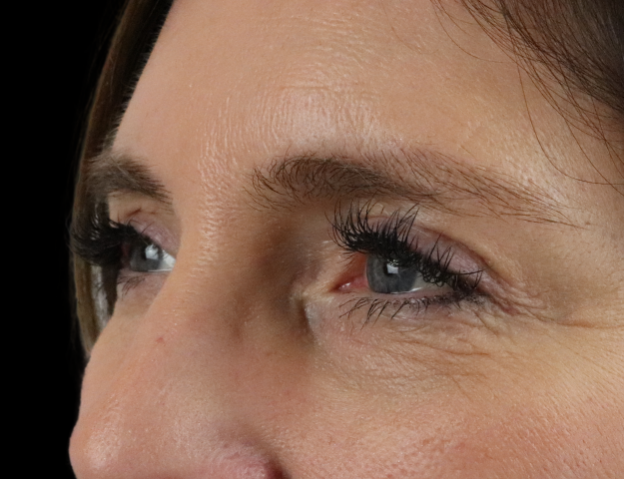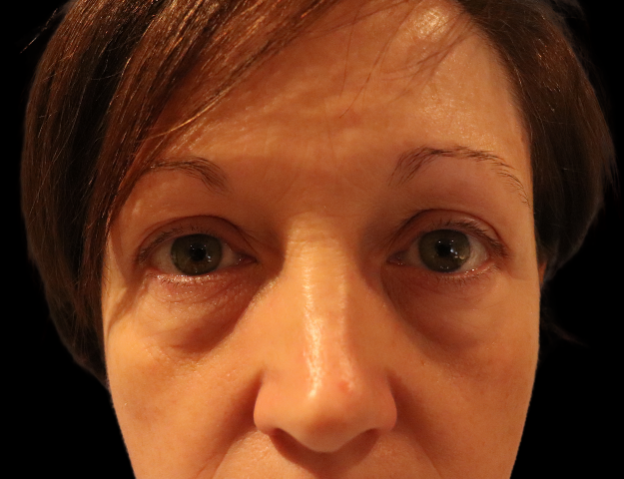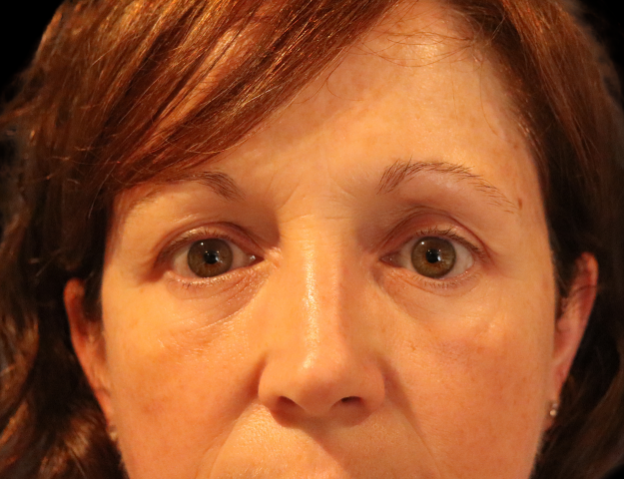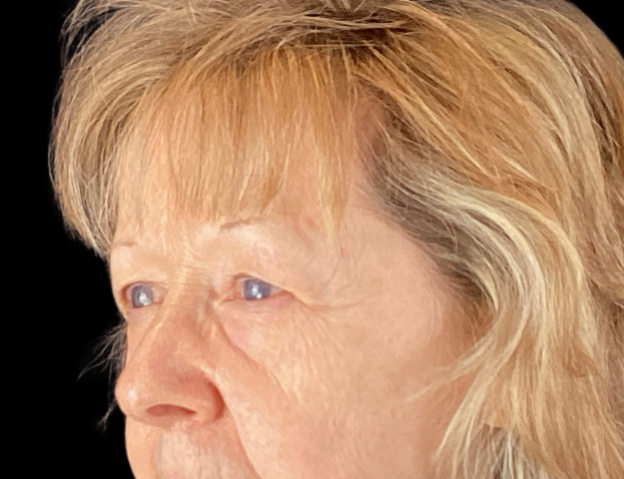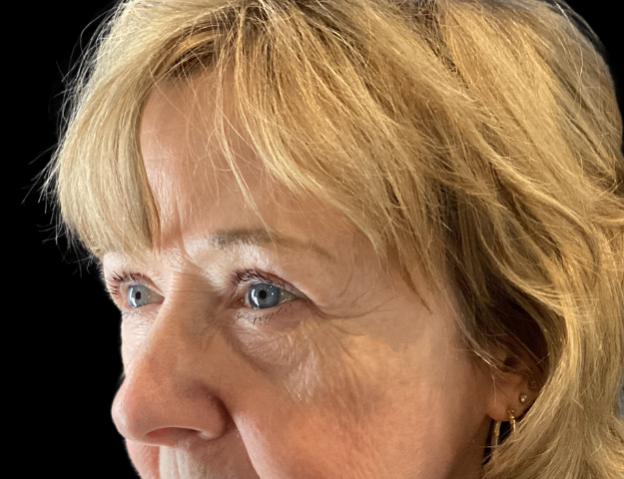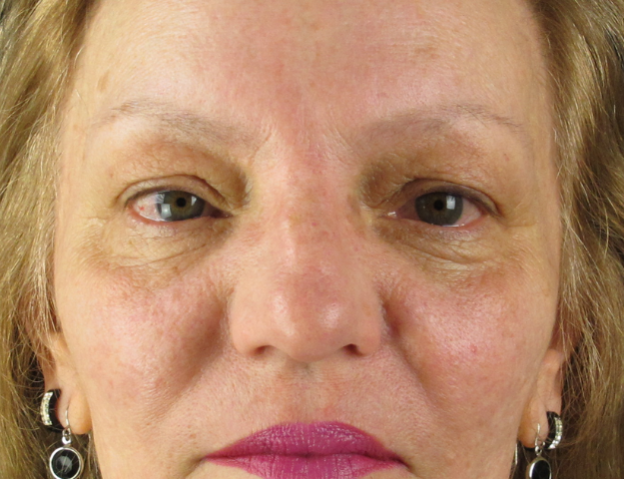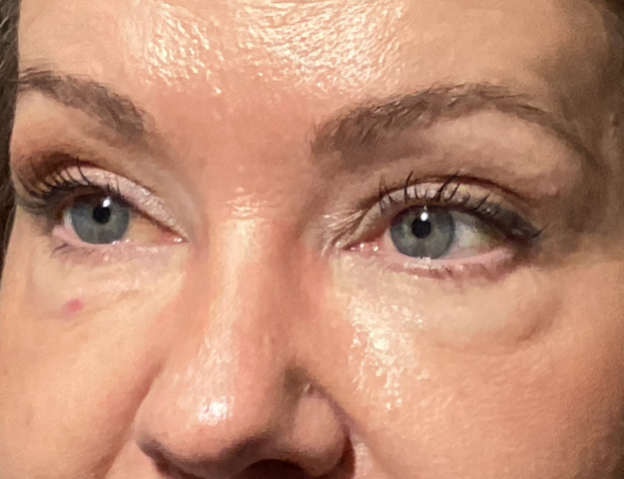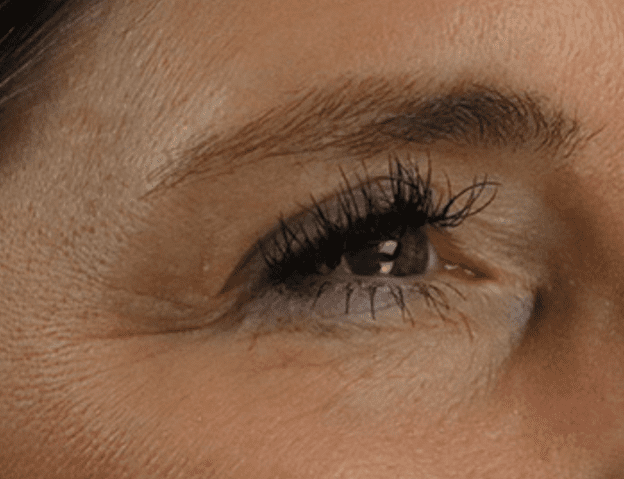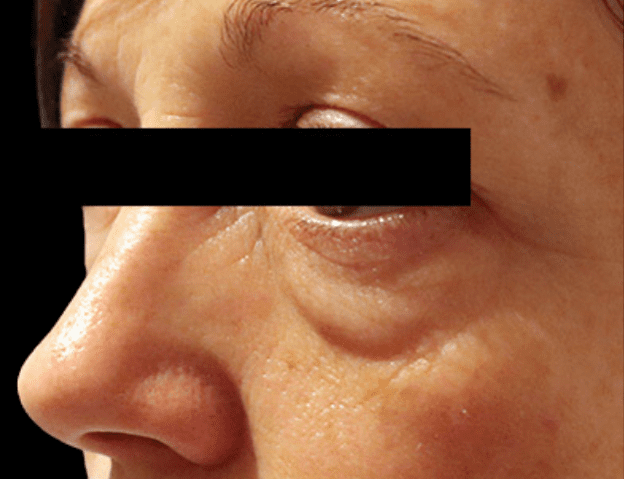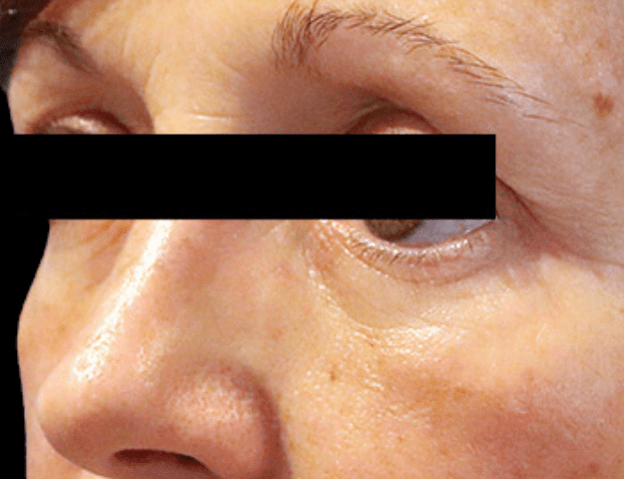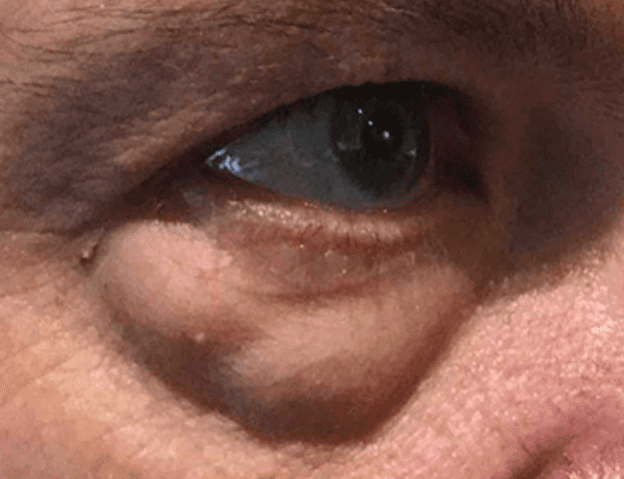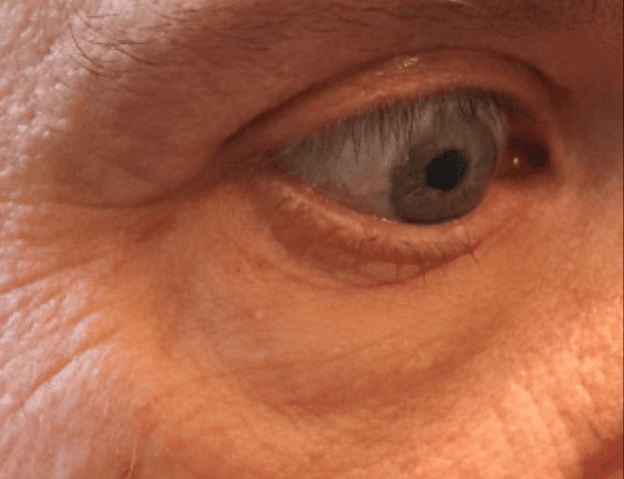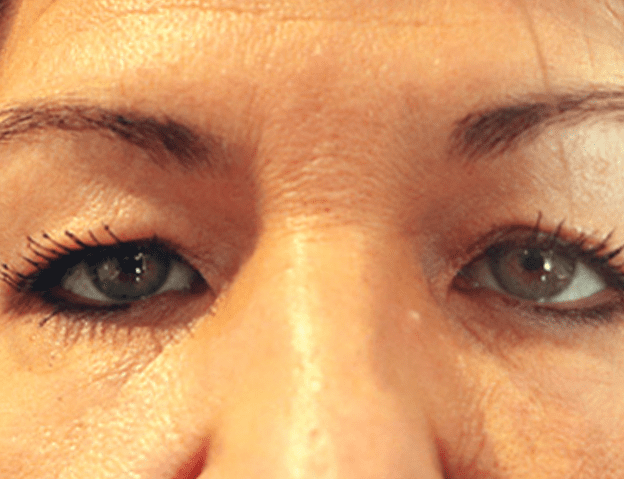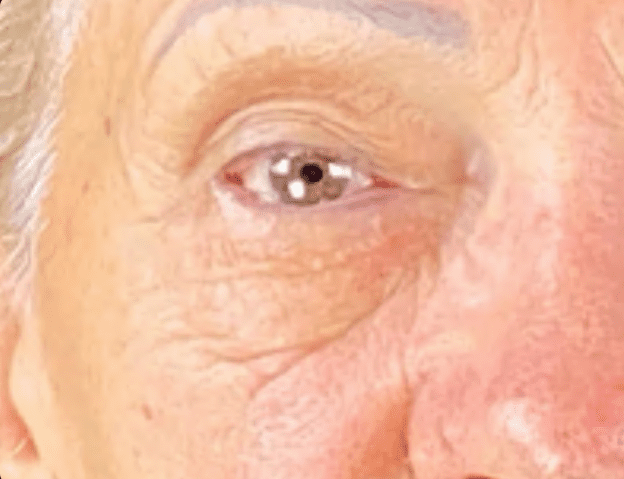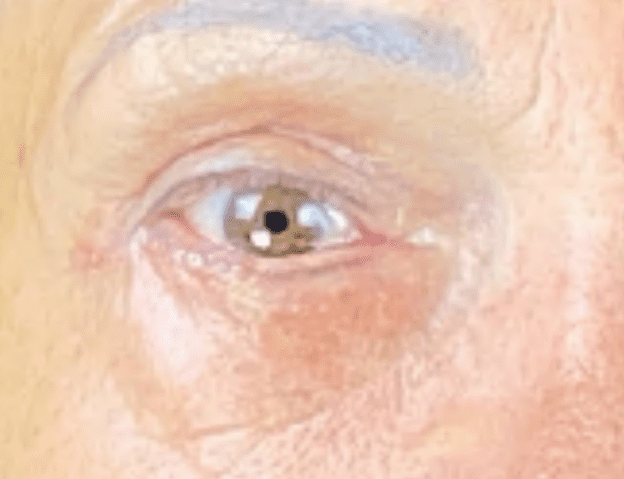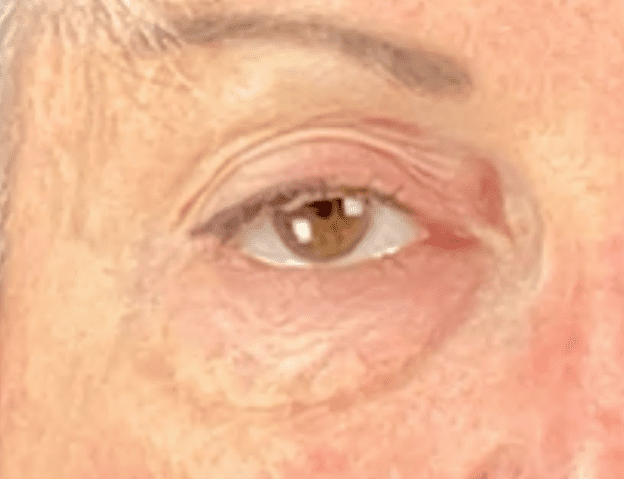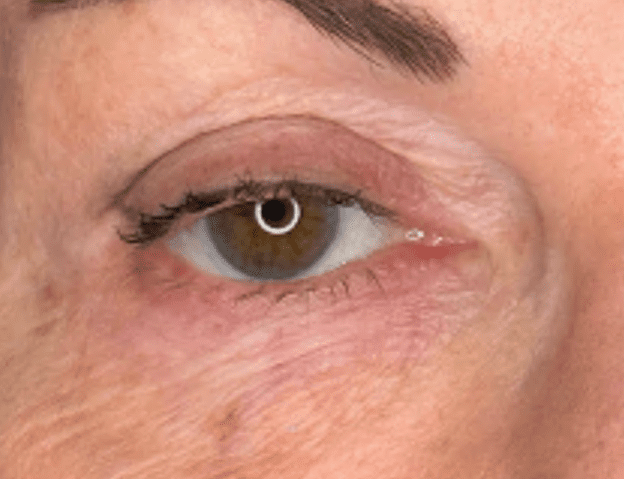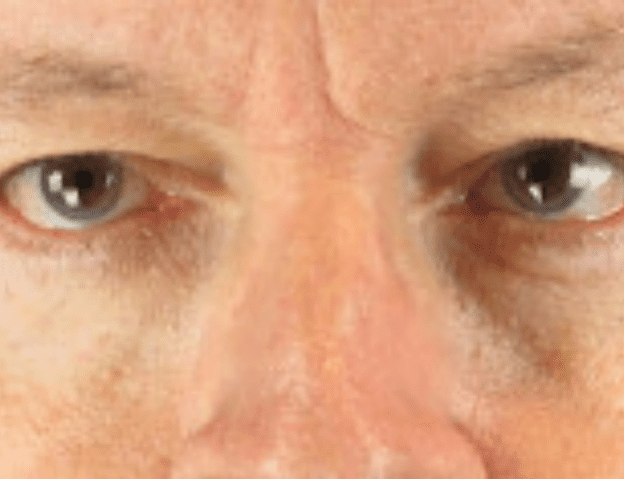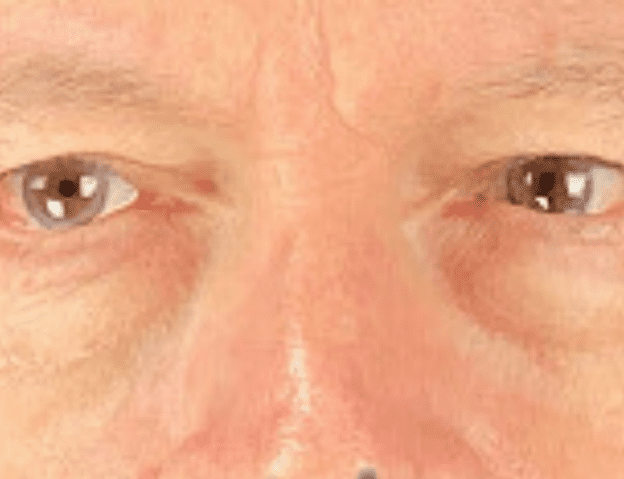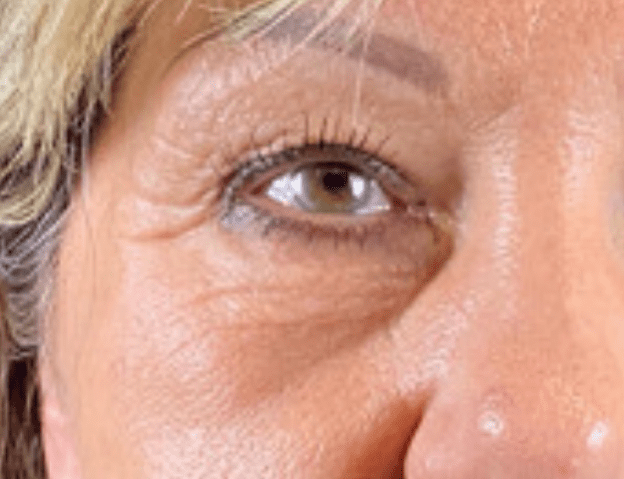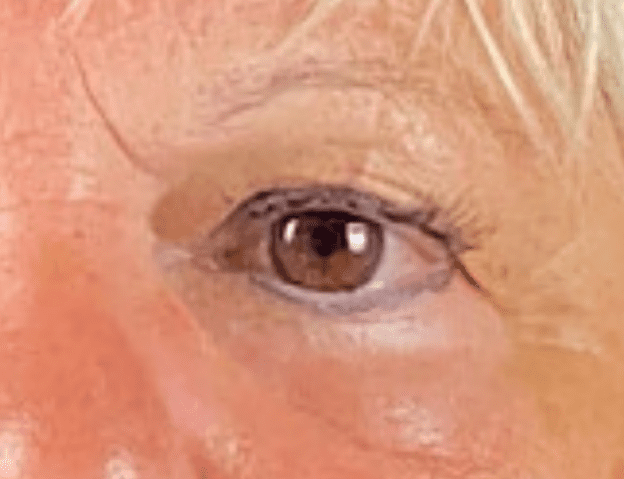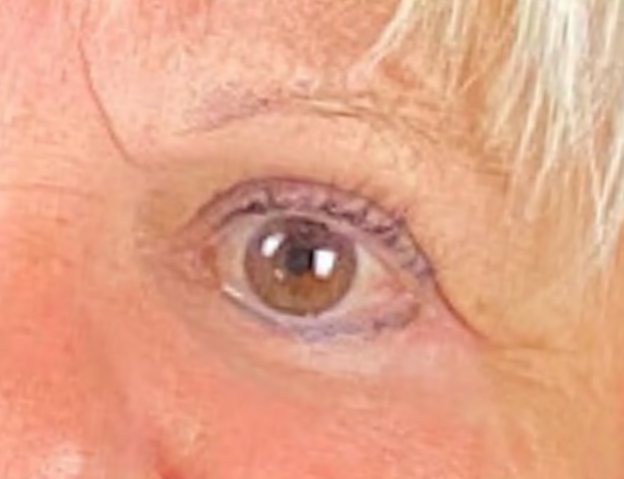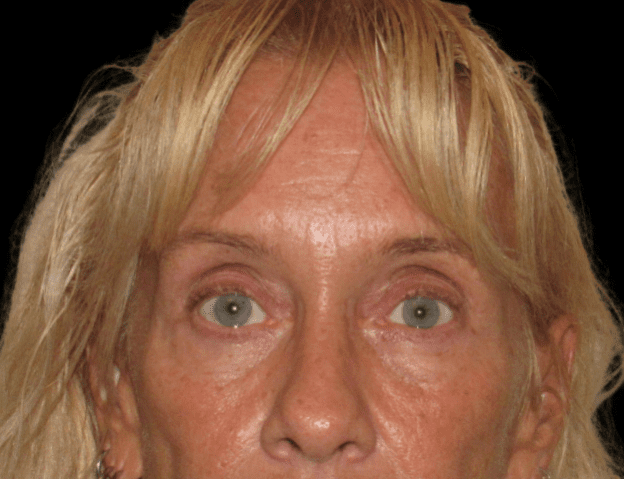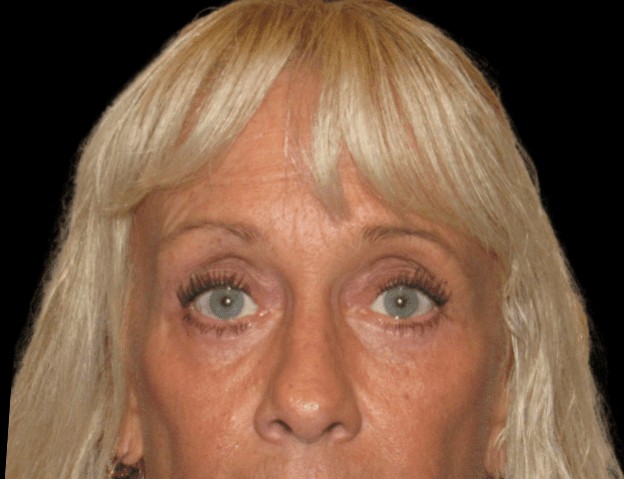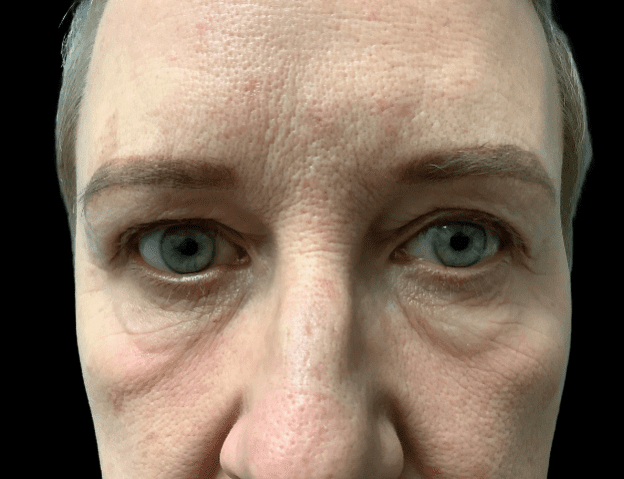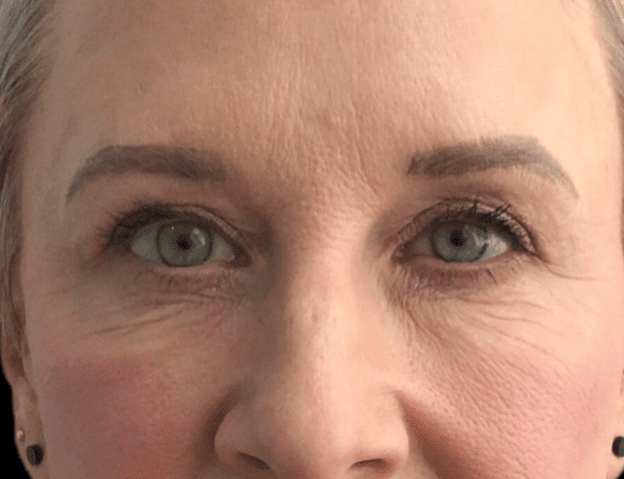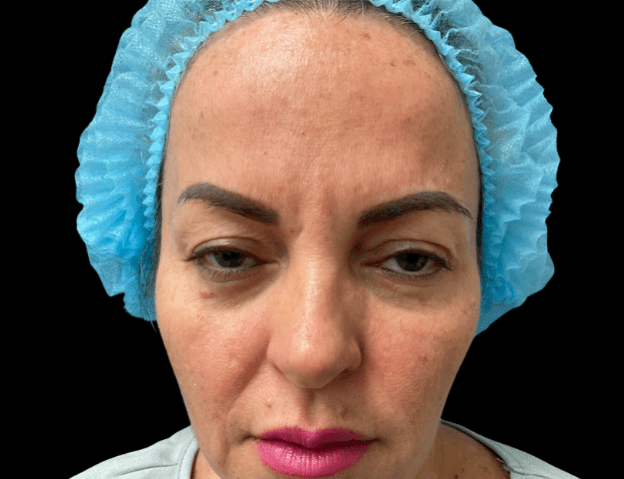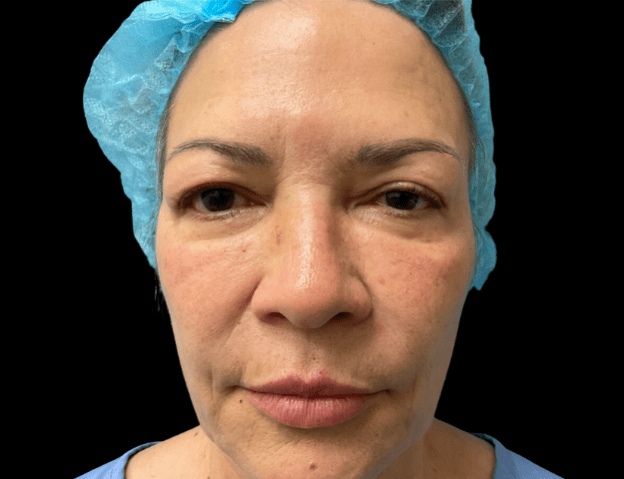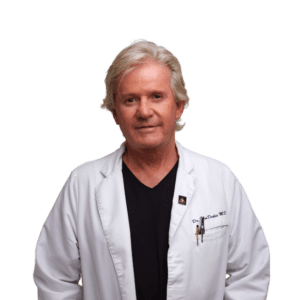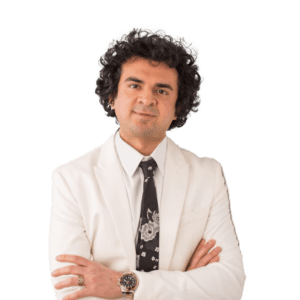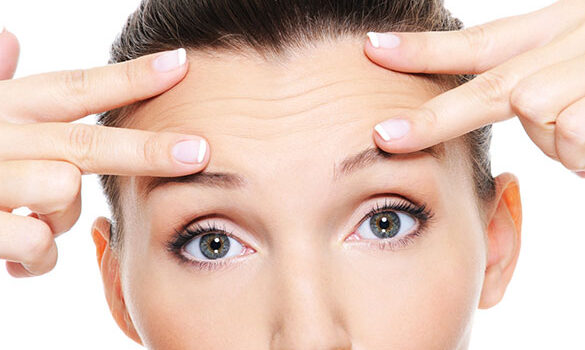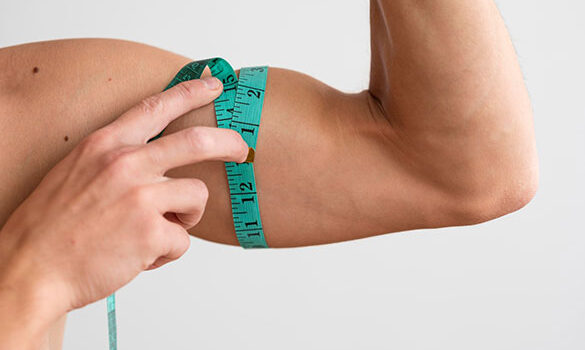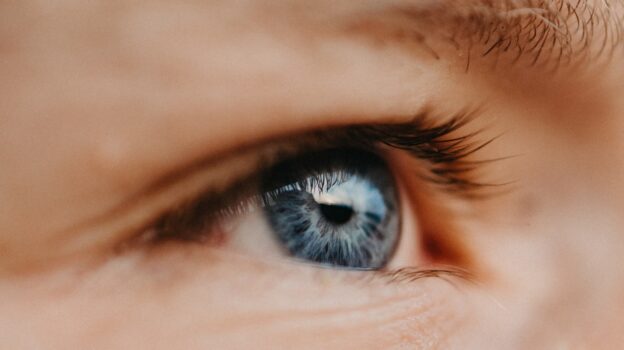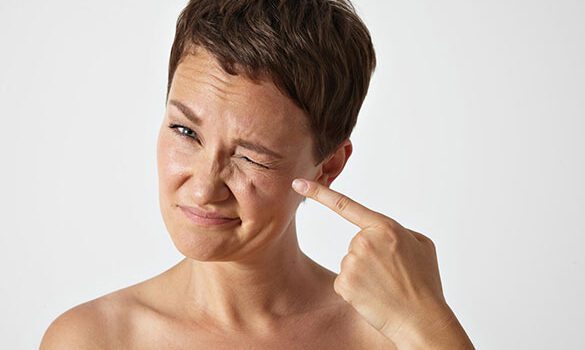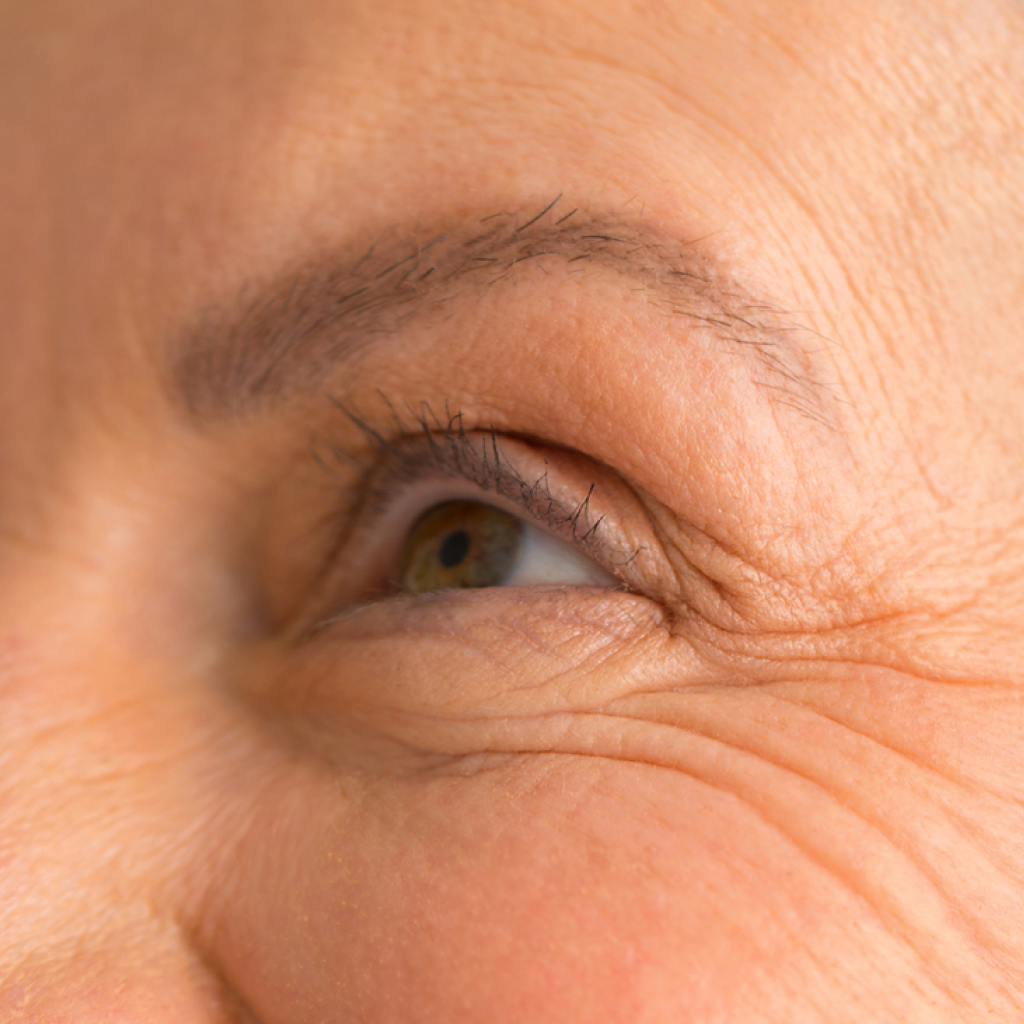
Wake Up Your Eyes
Experience a transformational eye rejuvenation with Blepharoplasty at GraceMed. This surgical procedure corrects drooping eyelids, removes excess skin, reduces bagginess from lower eyelids, and restores the youthful contour of your eyes. Ideal for those who wish to improve their vision or rejuvenate their appearance, our eyelid surgery offers both functional and cosmetic benefits.
Procedure Type
Facial Surgery
Anesthesia
Local with sedation or general
Procedure Duration
1-3 hours
Pain Level
3/10
Recovery Time
1-2 weeks for most activities; several weeks for full recovery
Resumption of Physical Activities
2-4 weeks
Ideal for Treating
Paired Treatments
Eyelid Surgery Benefits
Find a Clinic for this procedure- Enhances vision by reducing sagging eyelids producing an eyelid lift.
- Provides an eyelid lift by removing excess skin and fat.
- Reduces eye fatigue by alleviating eyelid strain.
- Ensures minimal scarring with strategically placed incisions.
Before & after photos
The GraceMed difference
Our plastic and cosmetic surgeons, dermatologists, and medical spa experts are dedicated to providing exceptional service and top quality care to all our patients. No procedure is ever rushed. No detail skipped. No compromise accepted. We don’t accept anything less. And neither should you.
Personalized solutions
Expect a custom treatment plan based on your desired goals.
State-of-the-art technology
Clinically-proven treatments backed by the latest technology and equipment.
Experienced medical leaders
Our expert medical staff ensure you always get the very best care.

Procedure and Recovery
During the procedure, precise incisions are made along the natural lines of your eyelids. Through these incisions, excess skin, muscle, and possibly fat are removed, and the remaining skin is repositioned to create a smoother, more defined eyelid and eye contour.
Post-surgery, patients often experience mild discomfort, bruising, and swelling, which is managed with cold compresses and medication prescribed by our surgeons. Stitches are typically removed within a week, and most patients feel comfortable returning to social activities within 10-14 days.
While Blepharoplasty is generally safe, complications can include reaction to anesthesia, infection, bleeding, dry eyes, temporary blurred or double vision, and more rarely, permanent damage to eyesight.
GraceMed Eyelid Surgery Specialists
Eyelid Surgery Clinics
The following GraceMed clinics perform eyelid surgery procedures. Contact your local clinic for a consultation and find out about promotions or packages that might be available to you.
FAQs
Affordable Monthly Payments
At GraceMed, we understand that financing cosmetic procedures is a significant personal investment. That’s why we’ve partnered with Beautifi, a Canadian company that offers industry-leading interest rates and affordable monthly payment options for cosmetic procedures.



